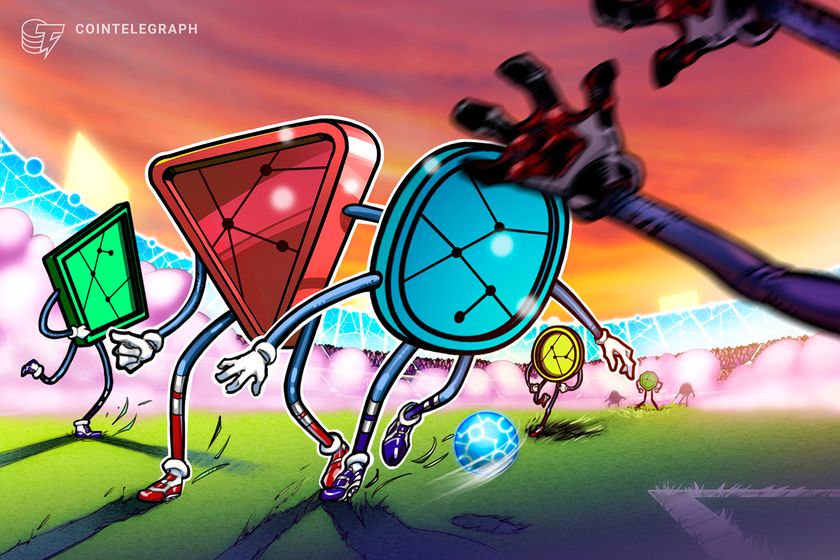40% of crypto game devs are banking on trad gaming in 2024


More than a third of survey respondents believed the blockchain gaming industry benefited most from traditional game studios adopting Web3 tech in 2023.
Nearly 40% of blockchain game developers believe that traditional gaming studios will be one of the biggest positive driving forces for the Web3 gaming sector in 2024.
In its “2023 State of the Industry Report,” released on Dec. 12, the Blockchain Gaming Alliance (BGA) found that 37.8% of respondents believed Web2 studios launching new games in Web3 or applying blockchain elements to existing titles would help push the industry forward in 2024.
When asked to identify the biggest positive driver in 2023, 19.8% of respondents cited traditional game studios launching nonfungible token games, while 15.2% pointed to the same studios transitioning into Web3.


























